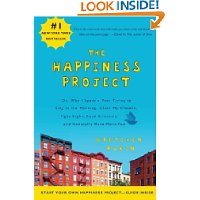I know at least one person in the world who’s not on Facebook–No, that’s not true. My husband’s not on Facebook and neither is my mom, so there are at least three–and who reads my blog to find links to articles of what’s happening in the adoption world, or one small sliver of it, anyway. So for her, I’m posting these. Two concern high profile adoption cases that recently have been resolved: Baby Veronica and that of Encarnacion Romero. The link to the Baby Veronica case includes a snippet of footage of her birth father, Dusten Brown, explaining why he his decided to stop fighting for custody for Veronica, who will remain with adoptive parents Matt and Melanie Capobianco. The link to the Encarnacion Romero case tells of the Missouri court decision to uphold the adoption of now six-year-old Jamison by Seth and Melinda Moser, a decision that may be contested again at a higher level. From the Kansas City Star:
One of several attorneys working for Romero, Bill Fleischaker, said attorneys have not made a decision on whether to appeal the ruling to the Missouri Supreme Court.
“But given the distance we’ve come, it would be unlikely that we would not take steps to get further review at a higher level,” he said.
The Mosers’ attorney, Joe Hensley, said the decision should help the couple “breathe a little better,” although Romero still has the right to appeal to the Supreme Court.
The child started living with the Mosers in October 2007, and they adopted him after a Jasper County court judge terminated Romero’s parental rights in 2008. That judge ruled the mother had not tried to maintain contact or provide for the child while in prison.
Romero’s lawyers contended that the adoption process was flawed and that Romero was not given sufficient legal representation before losing custody of her son, who is a U.S. citizen.
I try to imagine what it feels like to be party to either of these cases, and am frankly grateful that I’m not.



 ShareThis
ShareThis


